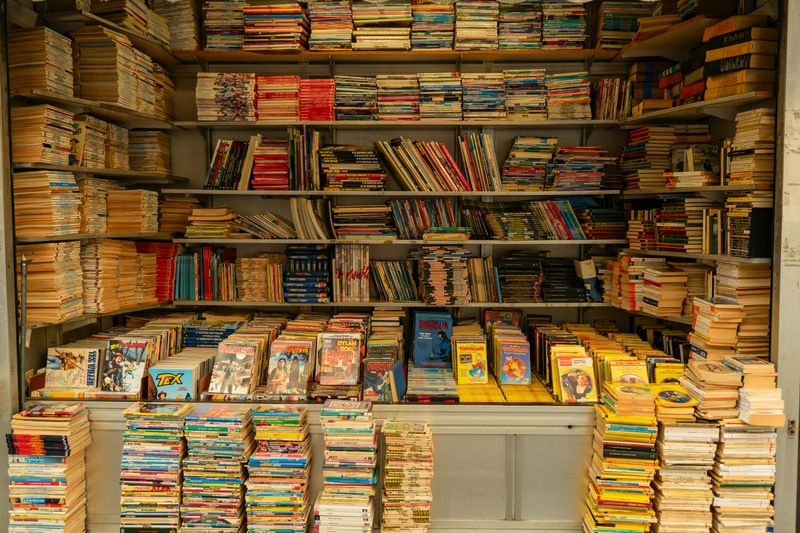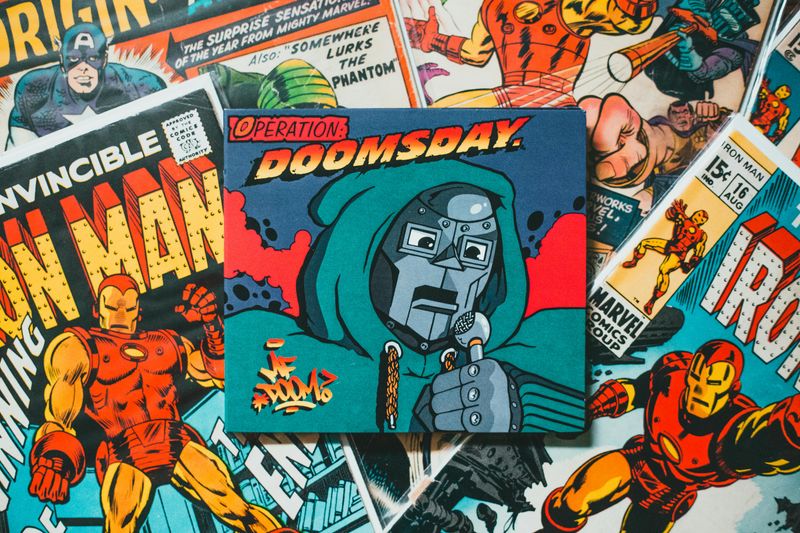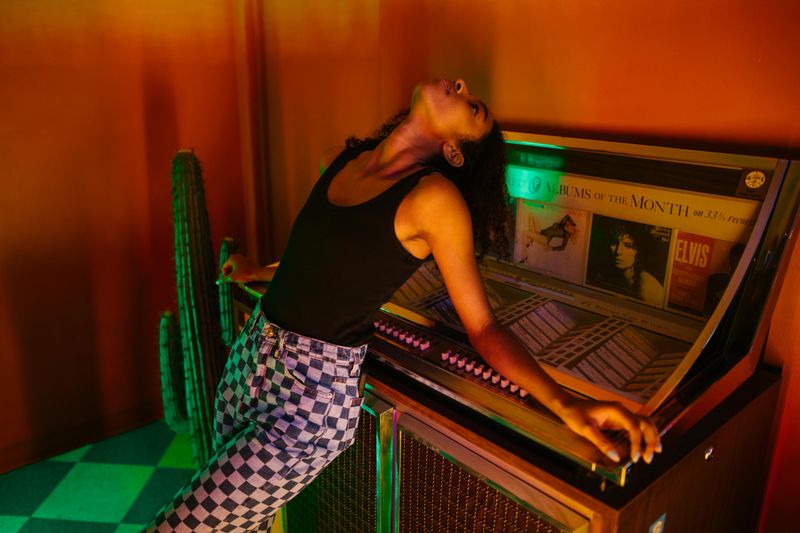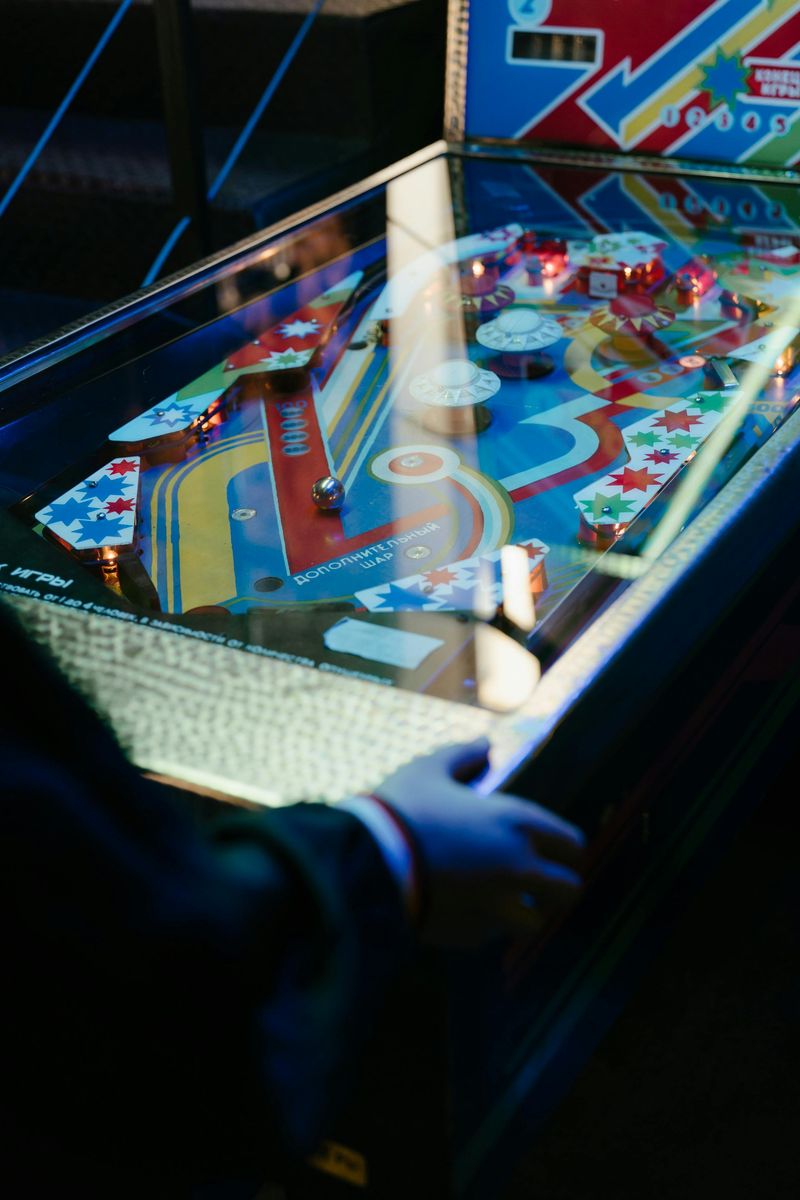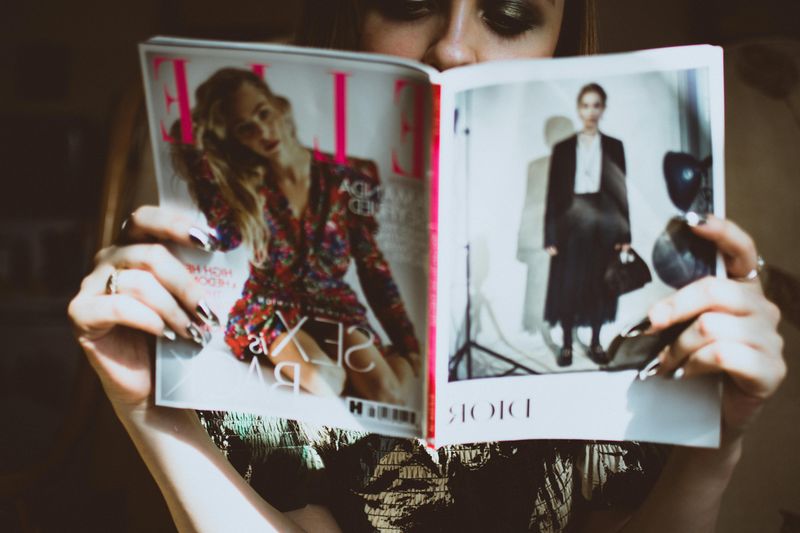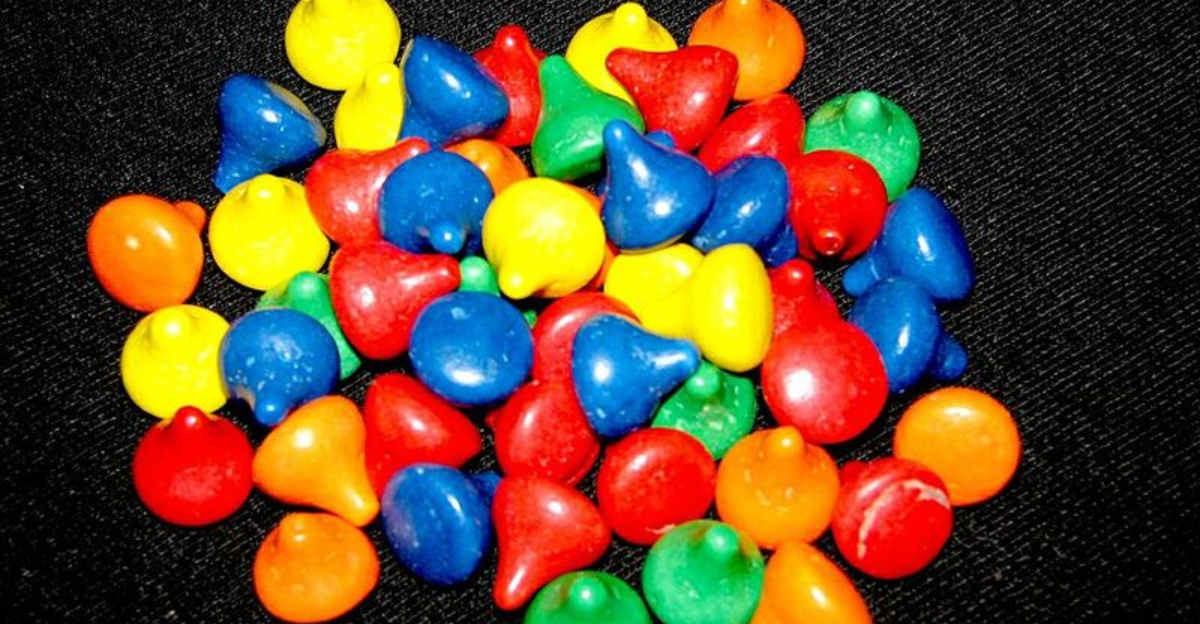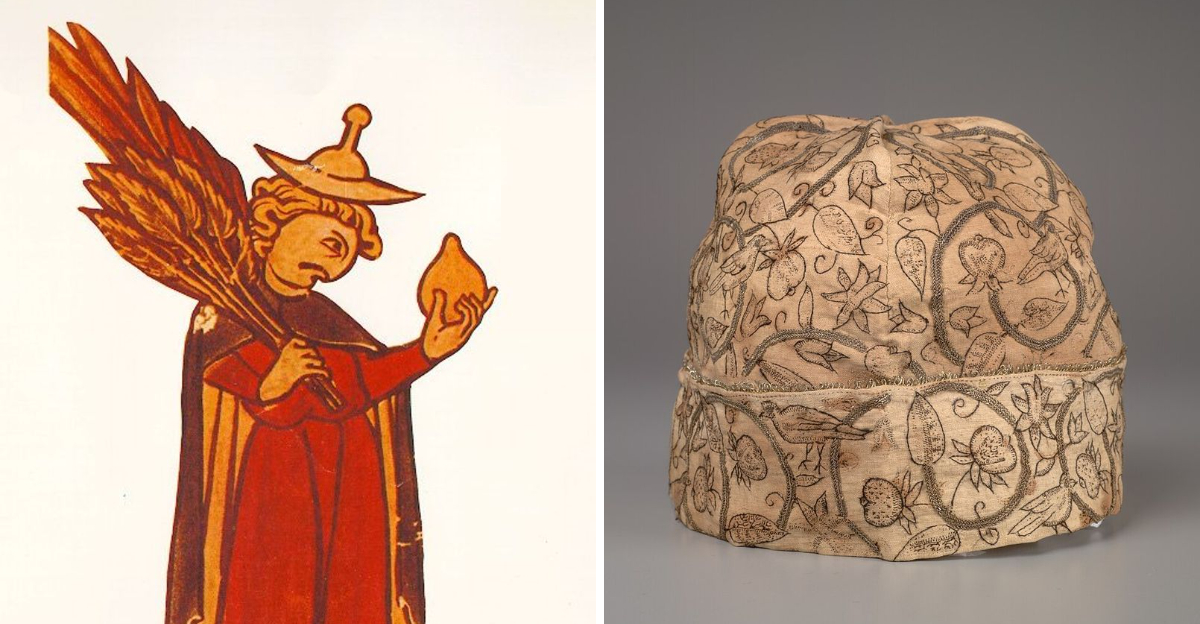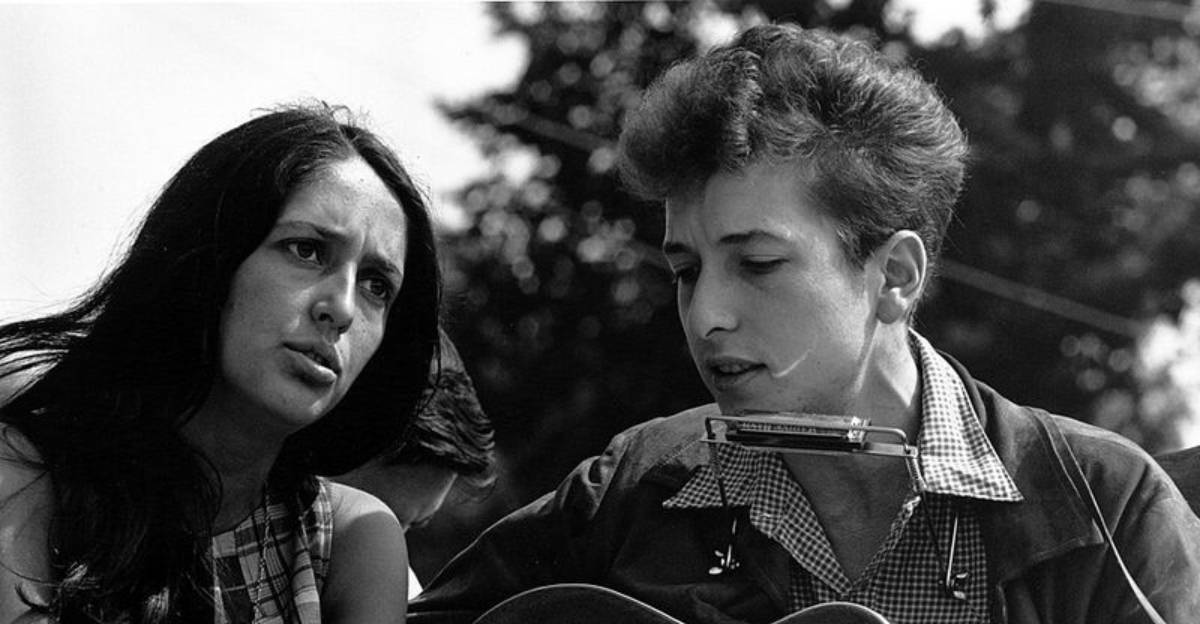70 Years Ago, These Everyday Items Only Cost A Quarter
Picture walking into a corner store with a single shiny quarter jingling in your pocket and leaving with something worth bragging about. A soda, a book, or three songs on the jukebox could all be yours for just twenty-five cents.
In the 1950s, that little coin packed serious buying power, stretching from daily essentials to weekend fun.
Looking back now feels like opening a time capsule of mid-century America, when a quarter carried the promise of comfort, entertainment, and simple joy at a price everyone could afford.
1. Mass-Market Paperbacks
Pocket Books and Bantam were the rock stars of affordable reading in the early-to-mid 1950s. A brand-new paperback novel with a glossy, eye-catching cover cost just a quarter.
Readers could grab the latest mystery, romance, or thriller without breaking the bank. These pocket-sized treasures made literature accessible to everyone, from commuters to students, turning bus rides into adventures.
2. Classics Illustrated Comics
Want to read Moby-Dick or Treasure Island without slogging through hundreds of pages? Classics Illustrated had you covered. Many mid-50s printings of these educational comics carried a 25-cent cover price.
Teachers and librarians approved, kids enjoyed the pictures, and parents appreciated the value. Literature met comic-book fun, proving learning could be affordable and exciting at the same time.
3. A Jukebox Selection Bundle
Picture yourself in a chrome-trimmed diner, milkshake in hand, ready to pick the soundtrack. Drop a quarter into the jukebox, and you’d get three plays.
That’s three chances to hear Elvis, Buddy Holly, or Chuck Berry. Diners across America advertised this deal with bright decals, turning every meal into a mini dance party for just 25 cents.
4. Three Pinball Plays
Pinball wizards rejoiced when arcades and diners offered bundle deals. By the late 1950s, Gottlieb machines were factory-equipped to accept a quarter for three plays.
One play cost a dime, but savvy players saved a nickel by paying upfront. The flashing lights, ringing bells, and steel ball action made it the ultimate hangout entertainment for teens and young adults alike.
5. Cigarettes From Vending Machines
Here’s a wild piece of history: cigarette vending machines took a quarter, but most packs cost only 23 cents. So vendors tucked two pennies under the cellophane wrapper as your change. (Yes, really!)
It was an honor-system quirk of the era, trusting customers to find their coins. Today it sounds bizarre, but back then, it was just how things worked in corner stores and diners.
6. An Hour At Parking Meters
Urban drivers could park downtown for a full hour by feeding a quarter into a CALE parking meter. The 1955 ORUB model accepted 25 cents and gave you 60 minutes of worry-free parking.
No apps, no digital timers, just a simple coin and a mechanical dial. Running errands or grabbing lunch was affordable and straightforward, a far cry from today’s meter madness.
7. Certain Popular Magazines
Magazine racks in the 1950s were bursting with titles priced at a quarter. From Exposed to gossip rags and hobby journals, 25 cents bought you glossy photos, juicy stories, and hours of reading.
Whether you were into Hollywood scandals, car culture, or homemaking tips, there was a magazine for you. A quarter opened windows to the wider world, delivered right to your fingertips.
8. Two Pounds Of Clearance Books
In a quirky 1955 sale at the Yale Co-op, shoppers could buy books by weight: two whole pounds for just a quarter. The New Yorker even ran a blurb about it!
Bargain hunters loaded up armfuls of discounted titles, turning book shopping into a treasure hunt. It was part thrift store, part literary lottery, and totally unforgettable for penny-pinching bibliophiles.

